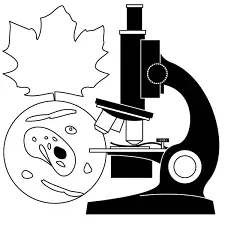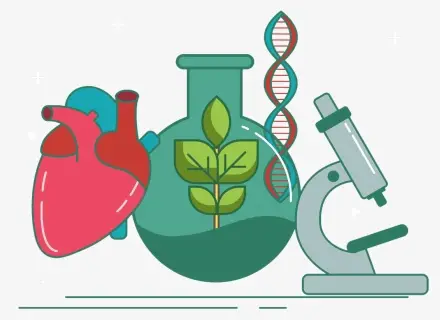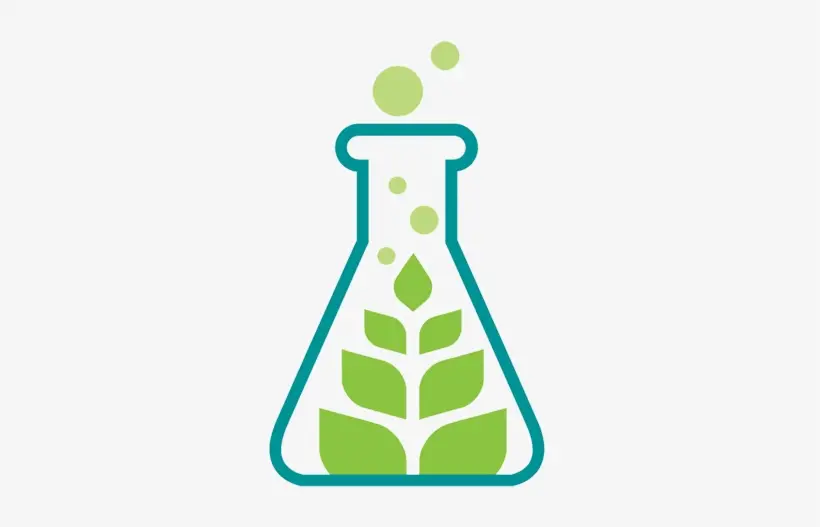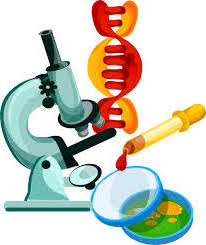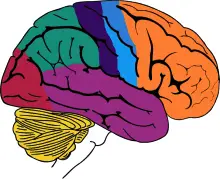
Nowadays, it’s common to hear that the human brain only functions at about 10% of its potential. Even some well-known motion pictures are founded on this assertion. Let’s investigate whether this is fiction and, if so, where it originated.
Can every one of us suddenly become ten times smarter? A very popular question among students and people who want to find a way to do difficult tasks in an easier way. But if in your student years you can hire people to write papers and do other tasks, then in adult life you need to find all the solutions yourself.
Beginning in the early 20th century claims that the human brain only functions at 10% of its potential initially started to appear in a variety of commercial, non-scientific books on self-improvement, psychics, and similar topics. These materials suggested that over 90% of the brain’s real potential was untapped and concealed. The same sources also claimed to have techniques that would reportedly make achieving superpowers simple, quick, and effortless.
Right now, it is very clear that it was a simple game based on human weakness and the desire for quick success. Naturally, none of the approaches for disclosing more powers ever had a result (otherwise this method would be used today widely and everywhere). Due to the utter irregularity of all these works, their concepts were rapidly forgotten. However, there has always been a demand for such literature, and it still exists today.
The writers of these publications and journalists nevertheless made an effort to make their unsupported claims appear scientific and used William James, a well-known psychologist at the time, to support their claims. He only mentioned that it might be the case that we weren’t operating to our greatest potential. He didn’t do any calculations when doing this. This insufficient utilization of the brain is not caused by the fact that some of its potentials is unavailable or buried, but rather by human indolence and a lack of drive. The scientist definitely meant this.
After Dale Carnegie’s book “How to win friends and influence people” was published, the notion that the human brain only functions at 10% of its capacity became especially well-known. The foreword to this book was written by journalist Lowell Thomas, who not only completely mistranslated and misinterpreted James’s words, but also made up the precise percentage.
But where did this delusion come from? Let’s figure it out:
First, it was only at the turn of the 20th century that researchers learned that the human brain is made up of glial cells, which at first appearance appear to be completely worthless. It is now well recognized that these cells serve as intricate routers and facilitate communication among the brain’s neurons, proving that they are in fact not at all useless. In addition, it has been found that a person’s intelligence increases with the number of these cells in their brain.
Secondly, it was later discovered by scientists that different parts of the brain are active at different times, i.e., the entire brain does not function simultaneously. By the way, epilepsy is a condition in which the entire brain, or all of its components, works simultaneously. Epilepsy is known to occur, but it is unlikely to result in superpowers.
However, as soon as journalists learned about these scientific breakthroughs, they instantly manipulated the information to make it appear sensational. The assumption that the brain only uses a small portion of its potential has not yet been supported by a single true scientific investigation.
In actuality, it is not at all a scientific question to ask, “How much of my brain’s capability is working?”. Simple logic, not biology, has the answer to this problem. For scientists to even attempt to find the solution, it is too straightforward and obvious. And here’s the response:
“When a person is under the most strain mentally, the brain of that person uses 100% of its current capacity.“

However, if a person is sitting still, their brain is obviously not functioning to its maximum potential (although, as we know, the work of the brain never completely stops, it always controls the work of all organs, monitors many indicators and factors and is in constant readiness).
This is not to say that the brain cannot be developed; on the contrary, it can and should be done. It is even possible to develop the brain vigorously and repeatedly, but you will need to put in a lot of effort to do so. In this scenario, your brain will be able to fully express all of its powers at any one time.
Let’s add a couple more thoughts on this topic. The brain actually consumes up to 20% of the energy that is available to people, although weighing on average only 2% of the body. This percentage increases further if there is an energy shortage since the brain then uses all of the other organs’ available energy. Therefore, if the brain were not operating at its full potential, nature would naturally eliminate the allegedly “excess” 90% of it during the course of evolution, therefore reducing the need for such precious energy.
The Idea Of Neuroplasticity.
The truth is that when a part of the human brain is injured, the other parts of the brain attempt to take up those activities. The opposite is also true; if a part of the brain is suddenly left with no work to do (for instance, if a person loses their sight and the part of the brain that processed these signals is no longer busy), then this part of the brain steps in to perform the duties and helps the rest of the brain.
The brain is able and prepared to perform at 100% because it always seeks to fill itself up to the maximum and avoid remaining inactive.
However, 65% of people worldwide still hold the false belief that the human brain is incomplete. Yet why? It is extremely easy. The notion that every person has enormous potential that can be unlocked by “flipping some secret switch” is loved by the majority of people.
And a number of charlatans are working to spread this illusion by promising individuals a quick and simple disclosure of amazing superpowers in order to continue making money off of selling books and other products or misleading them in other ways. People genuinely want to think that if you read the recipe, you would become great and wealthy without having to work hard.
And we’ll say it again: training the brain is both doable and important. By doing so, you may improve your cognitive abilities, which you will be able to employ to the fullest extent possible at any given time. But that’s the only way to achieve it, and it takes a lot of time, effort, and energy.

